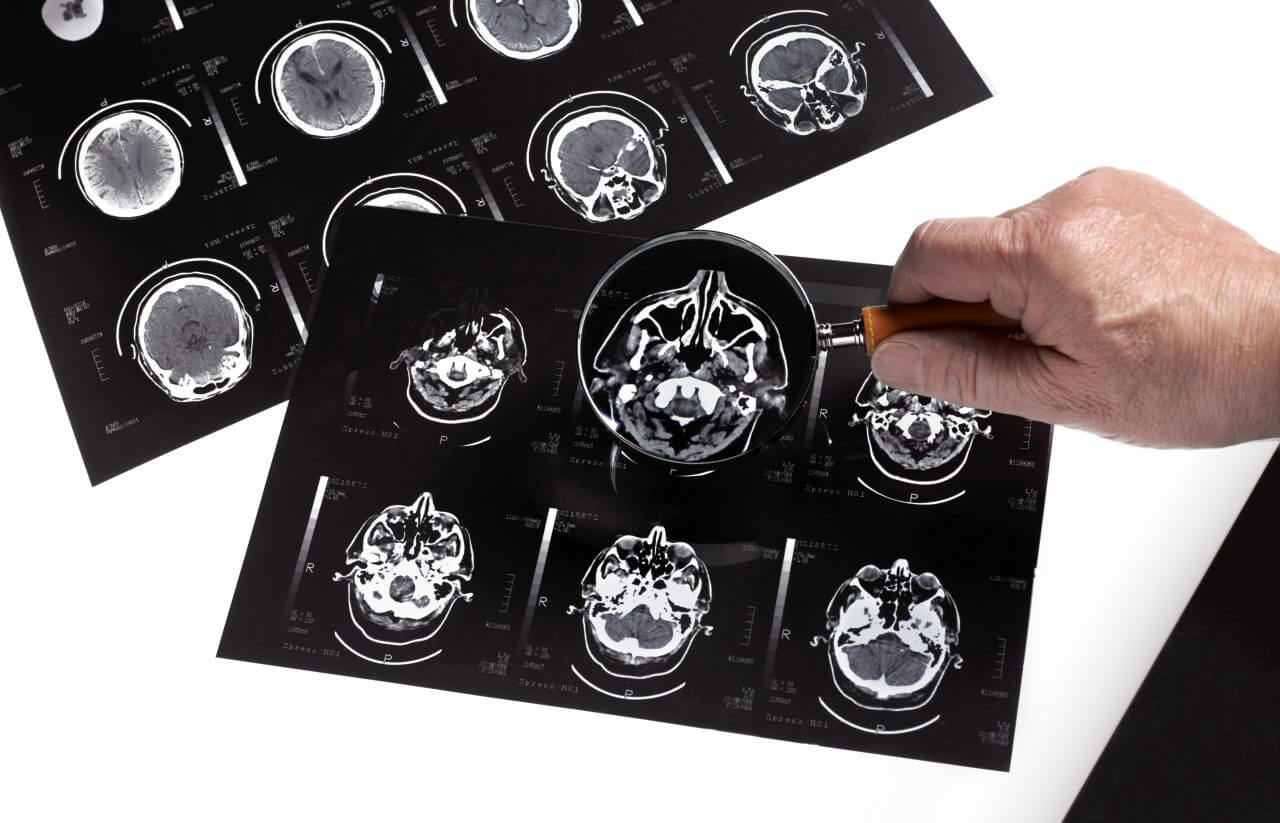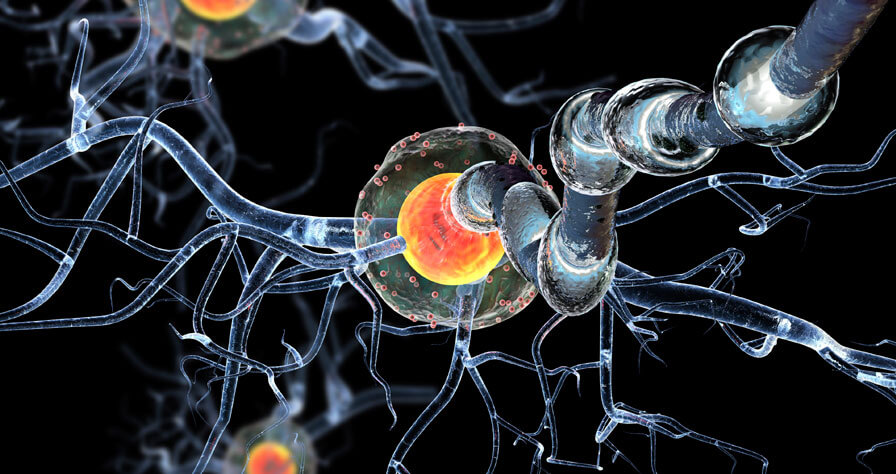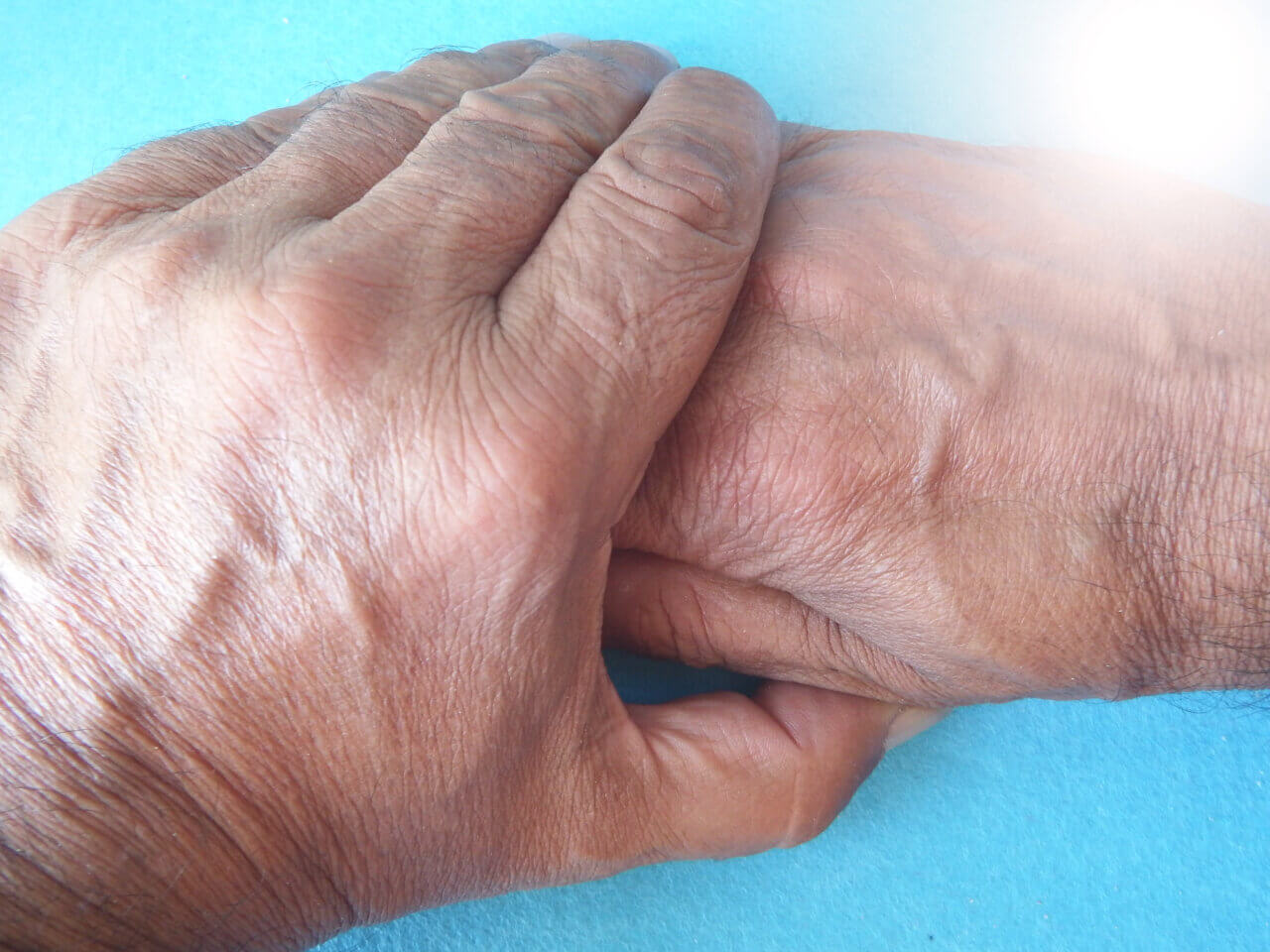Dementia, Alzheimer’s and Parkinson’s

Dementia is a general term referring to a wide range of progressive brain and cognitive disorders. In addition to Alzheimer’s and Parkinson’s disease, dementia may also present as or be caused by:
- Vascular dementia
- Dementia with Lewy bodies
- Frontotemporal dementia
- Normal-pressure hydrocephalus
- Huntington’s disease
That said, Alzheimer’s is by far the most common cause of dementia, accounting for nearly 80% of all dementia cases, while Parkinson’s affects an estimated 2% of Americans over age 65.
Similarities Between Alzheimer’s and Parkinson’s
With both Alzheimer’s and Parkinson’s diseases, patients experience worsening symptoms over time. Shared symptoms of these two conditions include:
- Memory loss
- Confusion
- Poor judgment
- Paranoia, especially surrounding family, friends, and caregivers
- Depression and anxiety
- Difficulty walking, speaking and swallowing
While age is a factor in developing Alzheimer’s or Parkinson’s disease, younger people can also have these conditions. In these cases, it’s known as early-onset. In both conditions, the cause for onset at any age is unknown.
There is currently no cure for either Alzheimer’s or Parkinson’s. However, treatment is available that can help slow the progression of dementia and treat symptoms, so that patients can enjoy a higher quality of life. Researchers are working diligently to develop better treatments that may reverse or cure these debilitating conditions.
Differences Between Alzheimer’s and Parkinson’s
Unlike Alzheimer’s disease, Parkinson’s disease does not always cause dementia. Roughly 20 – 30% of Parkinson’s patients will not develop dementia.
If Parkinson’s disease dementia does present, patients may also experience visual hallucinations and sleep disturbances, in addition to the aforementioned shared symptoms with Alzheimer’s.
Both diseases cause “protein folding” in the brain, but the clinical manifestations of Alzheimer’s and Parkinson’s diseases differ from each other. Alzheimer’s disease causes plaques and tangles in the brain. Plaques are deposits of a protein called beta-amyloid. These deposits build up in the spaces between nerve cells, causing the brain to “misfire.” Tangles are twisted fibers of a protein called tau that builds up inside cells. Most people develop some plaques and tangles as they age, but Alzheimer’s patients do so to a much higher degree.
Parkinson’s, on the other hand, causes plaques, tangles, and Lewy bodies. Lewy bodies are deposits of a protein called alpha-synuclein. Parkinson’s disease also starts in the center of the brain responsible for movement and spreads, while Alzheimer’s can initially appear in any or multiple, areas of the brain.
Scientists are still unsure of what role plaques and tangles play in the development of dementia, nor do they yet understand what role alpha-synuclein plays in the brain.
Find more in-depth information on Alzheimer’s disease and Parkinson’s disease from Baptist Health.



